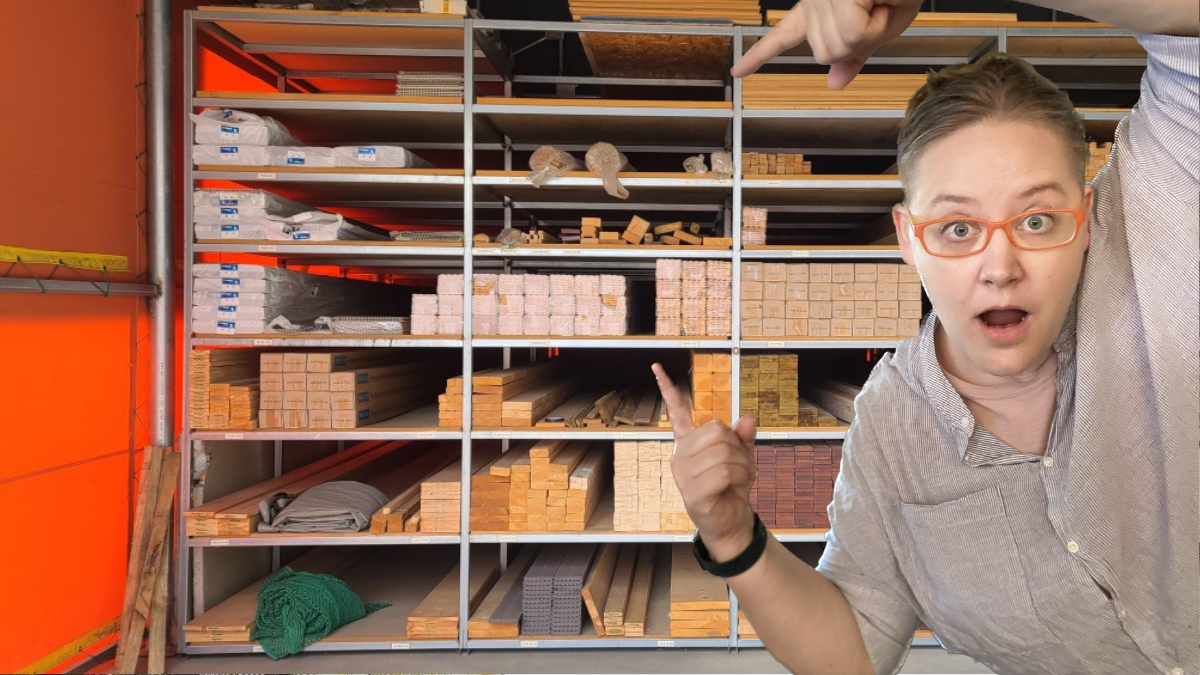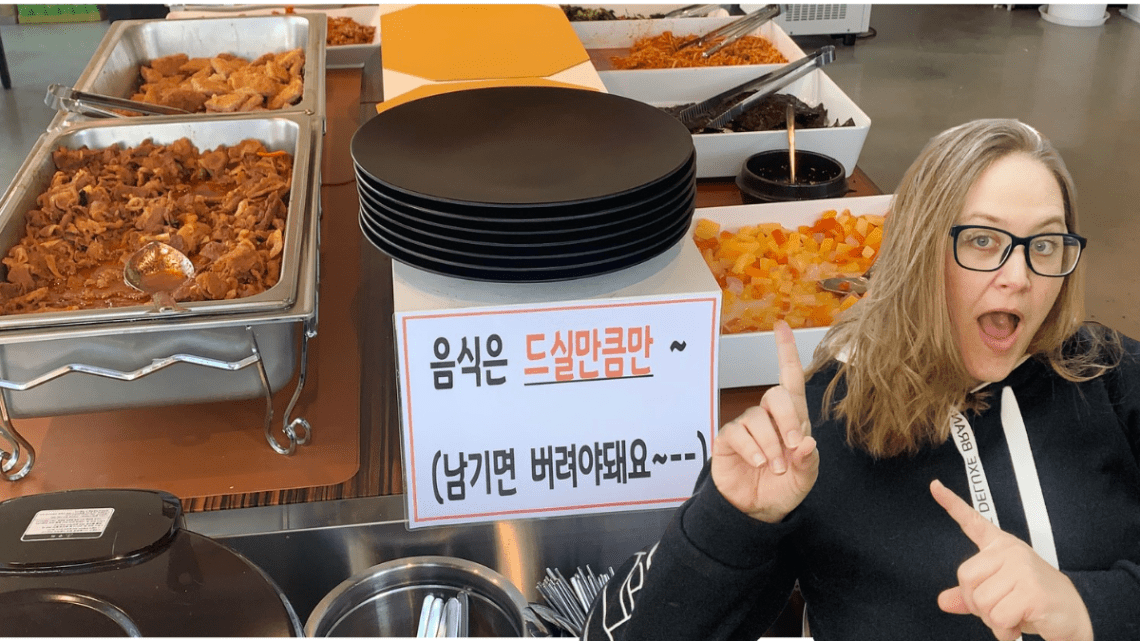
Guide to Hansik Buffet (한식뷔페) in Korea
Looking for affordable options for dining in Korea? Then look no further than this guide to Hansik Buffets. Learn to live and budget like a local with these delicious cafeteria style restaurants for hard working and hungry people. Let’s go!
Exploring everyday Korean buffets and the culture behind them
If you’ve lived in Korea for a while, chances are you’ve seen a restaurant sign that says 한식뷔페 (Hansik Buffet). At first glance, they might look like small, no-frills restaurants. However, inside you’ll often find a bustling space full of home-cooked dishes and locals enjoying super quick, hearty meals.
For many foreigners, these buffets can be confusing at first. They don’t look or feel like the fancy hotel buffets or “all-you-can-eat” restaurants common abroad. Instead, they reflect an authentic slice of everyday Korean dining culture.
What Exactly Is a Hansik Buffet?
In Korean, 한식뷔페 literally means “Korean food buffet.” According to Korean dictionaries, it’s defined as “a restaurant where various Korean dishes are laid out on a table, and customers serve themselves.”
A hansik buffet focuses on Korean home-style dishes. The selection often includes rice, soup, and a wide variety of banchan (반찬) or side dishes. You’ll rarely see fancy carving stations or sushi towers here. Instead, you’ll find a satisfying, comforting lineup of the food Korean families eat every day. However, hansik buffets come in varying shapes and sizes (see videos below for some examples).
Related Terms for Hansik Buffet
Hansik Buffets are sometimes referred to by other terms. The following are a couple of the more common terms you may hear our Korean community refer to when speaking about hansik buffets.
백반뷔페 (Baekban Buffet)
This combines 백반 (a Korean set meal with rice, soup, and side dishes) and 뷔페 (buffet). Restaurants using this term usually offer a buffet version of a traditional Korean meal set. The set generally includes unlimited rice, soup, and banchan for one fixed price.
기사식당 (Gisa Sikdang)
Literally translated as “driver’s restaurant,” this term dates back to the 1970s–1980s when Korea’s highway system expanded and roadside diners popped up to serve taxi and truck drivers. These spots offered big portions of simple, affordable Korean food. Such restaurants eventually evolved into buffet-style eateries.
Even today, many hansik buffets borrow this “driver’s restaurant” image: casual, quick, and full of good food for everyday people. Also, the more taxis you see parked outside, the better that Hanshik buffet likely tastes. So keep this in mind when your looking for one to try.
A Quick History of Hansik Buffets
Understanding the history of 한식뷔페 (hansik buffets) helps you see that these restaurants exist as ) budget friendly places to eat and 2) a key part of Korea’s social story and support system. What started as quick roadside meals for working drivers evolved into one of the most loved everyday dining options in the country. Knowing this background helped us truly appreciate the purpose behind the simplicity: community, value, and comfort, not luxury.
- 1960s–1980s: 기사식당 (Driver’s restaurants) became popular as Korea industrialized. They provided cheap, fast, hearty meals for drivers working long hours.
- 1990s–2000s: The Western buffet trend entered Korea, and local owners adapted it by offering unlimited Korean side dishes instead of international cuisine thus creating the 한식뷔페 format we know today.
- 2010s–Now: As living costs rose, hansik buffets became a favorite among students, office workers, and retirees. They’re valued for being affordable, filling, and nostalgic — a throwback to simple homemade meals. Many companies treat the neighboring Hanshik Buffet as their cafeterias and pay for all the employee meals there. Some small towns gather elderly residents via bus and take them to the Hanshik buffets for meals, turning them into a form of assisted support.
All this makes them the perfect place to get a great meal that doesn’t break the bank.
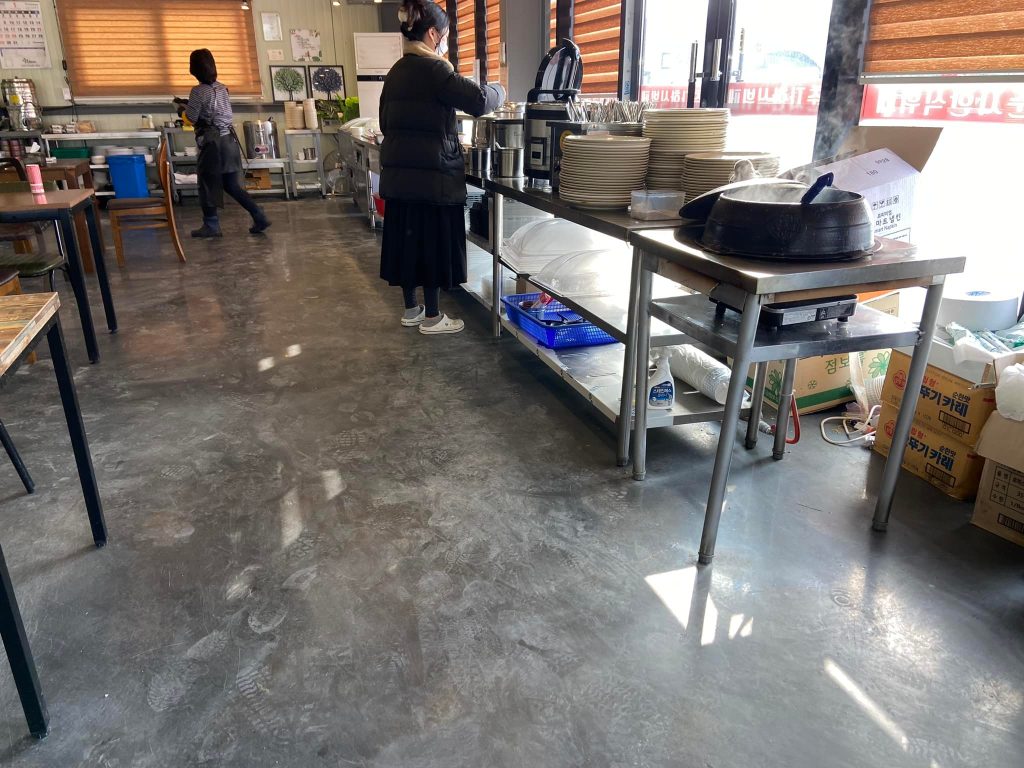
What You’ll Often Find at a Hansik Buffet
The types of food and flavors you’ll find at hansik buffets may vary from restaurant to restaurant. However, below are some basic staples that are pretty standard at hansik buffets:
- Rice and Soup Stations: Self-serve rice, sometimes with optional multi-grain rice (잡곡밥), and a pot of soup or stew (국 or 찌개).
- Side Dishes (반찬): A colorful variety of vegetables, pickles, stir-fried items, seasoned roots, and kimchi.
- Protein Options: Some include simple meat dishes like bulgogi, spicy pork, or fried chicken. They will often feature one or two specific proteins for the day.
- Unlimited Refills: You can eat as much as you like, but take only what you can finish. Do NOT waste food. Many buffets have signs warning against food waste. Some may charge extra if you leave too much food waste.
- Affordable Prices: Expect ₩8,000–₩12,000 per person at most local spots. Remember, these for blue collar works so they try to keep things affordable.
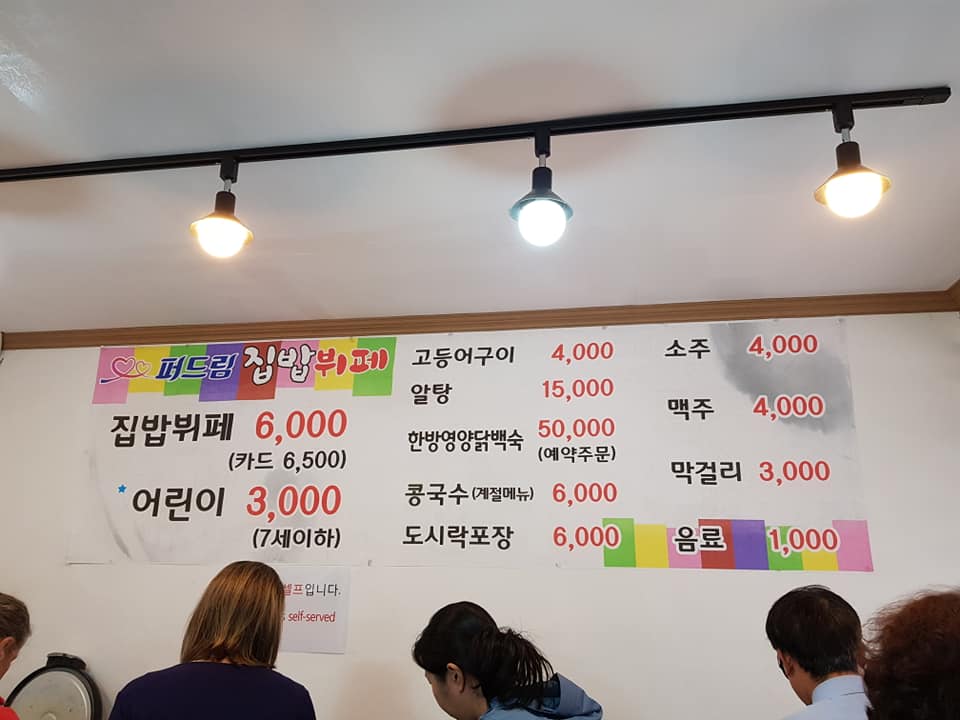
It’s the perfect place to sample many types of Korean food without ordering multiple dishes.
Managing Hanshik Buffet Culture Shock
If you walk into a hansik buffet expecting a luxury experience, you will feel uncomfortable. Here’s what to expect when going to a hansik buffet and tips for embracing the local culture:
1. It’s Casual, Like, Really Casual
There’s no table service, no fancy plating, and sometimes no air-conditioning in summer. You grab your tray, line up, and get your own food and drinks. It’s more like a cafeteria than a restaurant. They will not cater to you and they may not help you much.
2. Locals Eat Quickly
Koreans tend to eat efficiently here. Lunch breaks are short, and turnover is high. Don’t be surprised if most diners finish within 20 minutes. You want to respect this and do this same if you arrive during a busy time with limited seating. Folks need you to go fast so they can get lunch.
If it’s not busy though, some folks may hangout and linger to socialize with their neighbors. When this happens, feel free to slow down as well.
3. Etiquette Matters
Use the serving utensils provided. Don’t take too much food. And when you’re done, return your tray or dishes to the designated area. Make sure to watch what other do so that you can get a feel for what’s expected of you when you clean up. If you make a mistake, staff will correct you. Don’t feel angry, just apologize and fix it. They are tired and busy, it takes a lot of work to keep prices low and helping the staff by following directions keeps food cheap.
4. Food Waste Rules
Korea has strong food waste policies. Many buffets charge extra if you leave a large amount of uneaten food. Only take what you can finish.
5. Clean Up
Many hansik buffets often have a specific “tray return” area. You take your own plate to this area. Toss any food waste in the designated food waste bin, place utensils in a designated tray, and place your plate in a designated spot or hand it to the staff manning the “return” area. Not EVERY buffet works the EXACT same way, so pay attention.
6. Language and Labels
Most dishes likely won’t be labeled. Hansik buffets don’t always serve the same food every day. The side dishes change each day/week according to availability and according to season. If you’re unsure, take a small taste first. This may be challenging for those with allergies. TIP: If you have specific allergies or food restrictions, use Chat GPT as a translation tool to help you communicate with staff to learn more about the dishes.
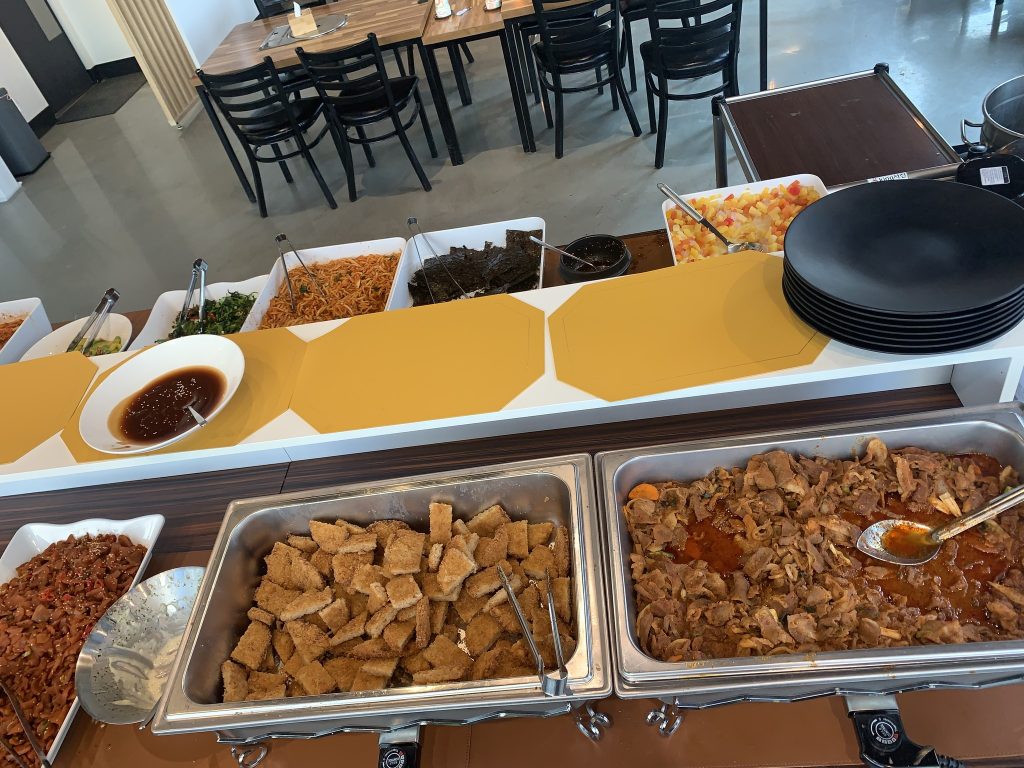
7. Shared Tables Are Normal
If it’s busy, you might share a long table with strangers. Embrace this and sit comfortably where you can fit. It’s totally normal and part of the communal dining culture.
How to Eat at a Hansik Buffet (한식뷔페 이용 방법)
Each hansik buffet runs a little differently, but the process is simple once you know what to expect:
- Pay or Eat First:
Some buffets ask you to pay before eating, while others let you pay on your way out. Watch what locals do or check the sign near the counter. - Find a Seat:
Choose an open table — most don’t have assigned seating. During busy times, it’s normal to share a table with others. - Grab a Tray and Get Started:
Take a tray and plate, then serve yourself rice, soup, and side dishes (반찬). Use the shared utensils provided. - Help Yourself to Water:
Water is always self-serve. Look for the 정수기 (water dispenser) or pitchers near the wall. - Clear Your Tray:
When you’re finished, return your dishes to the 반납구 (tray return area) before leaving.
That’s it for a meal that’s simple, fast, and full of flavor.
Tips for Enjoying a Hansik Buffet
Now that you know what Hanshik buffets are and you want to go, here are little tips to make sure that you experience as little culturs shock as possible:
- Go at lunch: The food is freshest, and prices are often lower.
- Start small: Try a little of everything, then go back for your favorites.
- Bring cash or card: Most places accept both, but smaller spots may be cash-only.
- Check hours: Many are open only during lunch or early dinner. They may have very specific hours that they are open because they can’t leave food sitting out all day for food safety.
- Be adventurous: Use it as a chance to learn about Korean ingredients and flavors.
Keywords to Search on Naver Maps
Of course, how you need to find a spot near you. Go to Naver Maps or Kakao Maps to find Hanshik buffets near you using the following terms:
- 한식뷔페 (Hansik Buffet)
- 백반뷔페 (Baekban Buffet)
- 기사식당 (Gisa Sikdang)
Final Thoughts
A hansik buffet is a window into Korea’s everyday food culture. You’ll see workers grabbing a quick lunch, retirees catching up over soup, and maybe even a taxi driver stopping in for a hot bowl of kimchi jjigae before the next fare. We aren’t all hitting up the fancy restaurants on Instagram everyday. We need to budget and save for our future just like everyone else.
So join us at a Hanshik and shift your mindset from “luxury buffet” to “home-style comfort food,” you’ll discover one of the most genuine and affordable food experiences in South Korea.
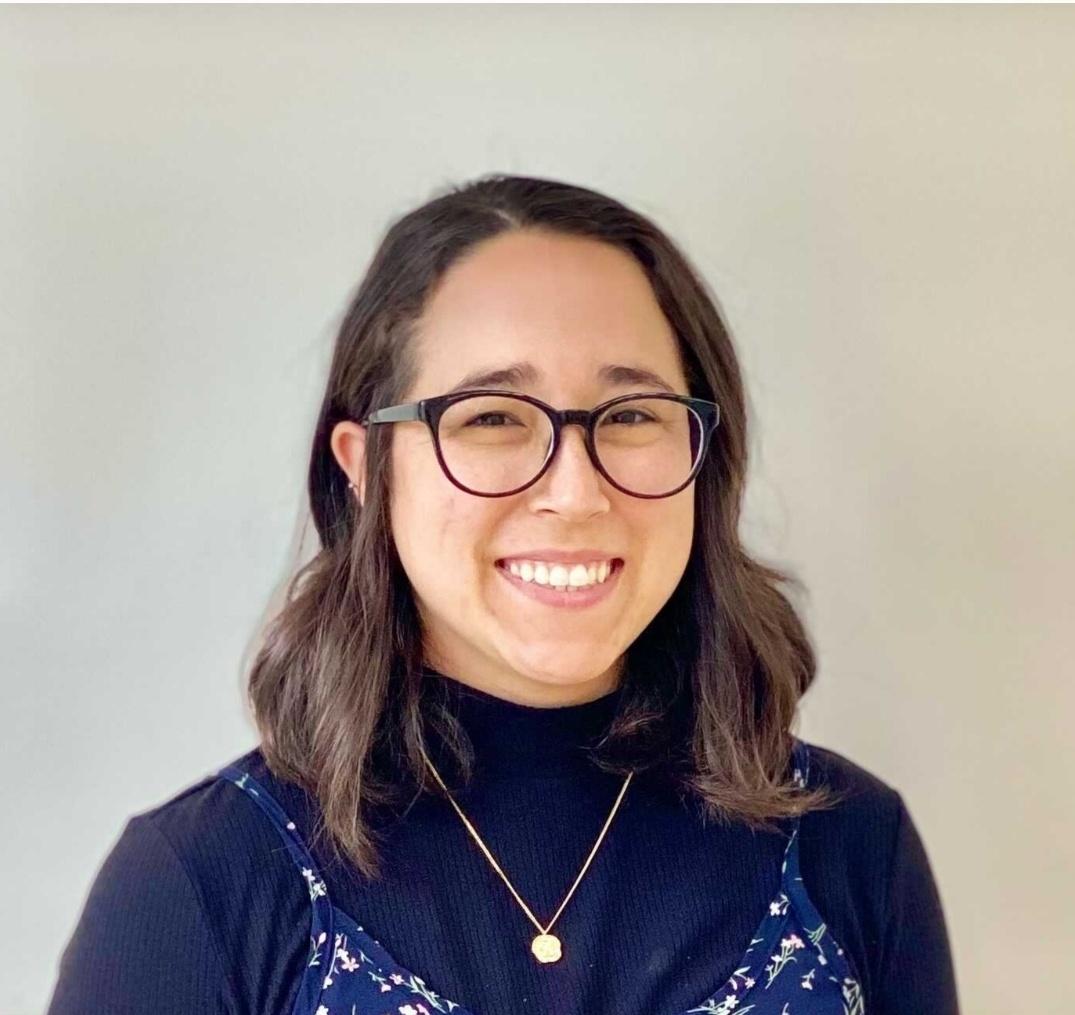
Ms. Peck graduated from the University of Utah Asia Campus (UAC) in Incheon with a Master’s in Public Health and her Certification in Public Health (CPH). Ms. Peck also holds a Bachelor’s Degrees in Linguistics and one in International Studies with a Global Health emphasis.
Ms. Peck is Korean American and speaks both English and Korean. She has moved between the US and Korea since childhood, finally settling in Korea after graduating from UAC.
In 2021 Ms. Peck founded the South of Seoul Public Health Program which focuses on research and initiatives regarding the health and wellness of multinational residents in South Korea.
Additionally, Ms. Peck oversees the SOS Public Health Graduate Student Practicum Program which provides mentorship and training for Master’s in Public Health students. The program works with two students a semester with a focus on ethical UX research design, survey development, and initiative implementation.




